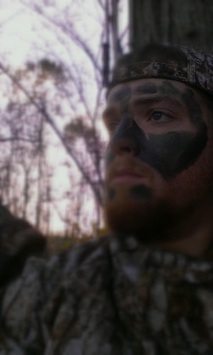
The notion of putting “paint” on a hunter’s face did not originate in the outdoor industry. The method of marking your face with paint actually came from our early ancestors. Our ancestors used natural elements such as mud, juice from berries, and general plant tissues to help camouflage themselves from their prey. The use of these items aids in breaking up the solid pattern of our unique faces amongst the foliage, as well as removes the glare that our naturally oily skins produce on sunny days.
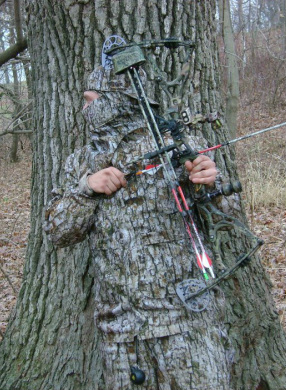
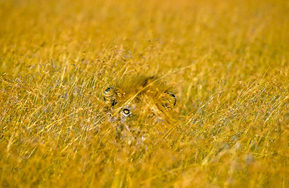 Courtesy: Robin Silver Photography
Courtesy: Robin Silver Photography When you go out in the woods, just remember that you are out there as a predator. We buy camouflage for the same purpose as the lion hiding in the savannah grasses stalking its prey or the U.S. Army sniper concealed in plain sight. To stay hidden. The whole reason we buy camouflage is not to be apart of the so called “popular” group of the hunting world, but it is so we can hide from our prey. When you put on face paint or a face mask it should act as an extension of your camouflage. Animals are constantly watching for anything out of the ordinary when they are making their way slowly through the fields, marshes or woods. Whether it be the uniform color of our skin or the shine that our oily skin produces, our prey will see this as a potential threat.
So the next time you reach for your container of face paint or your face mask, stop and think about why you are really wearing it. There will always be a reason why items like these have been around for so long and finding out these reasons will help you become a better hunter year after year. This season go out in the field and ask yourself, “Am I wearing this to be cool? Or am I wearing this for the sole purpose of hiding from my prey?”
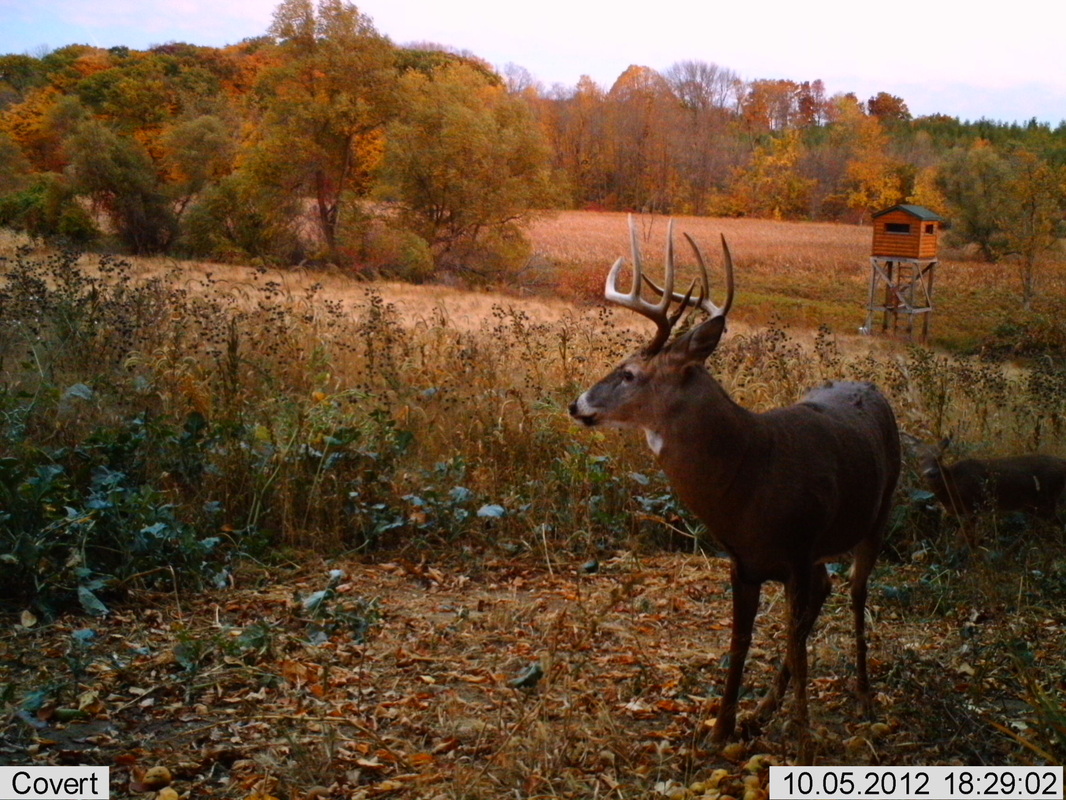
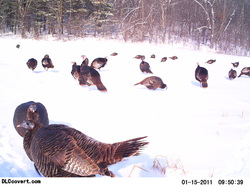
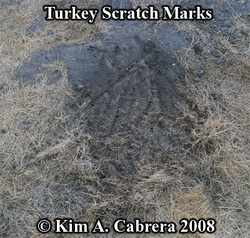
 RSS Feed
RSS Feed